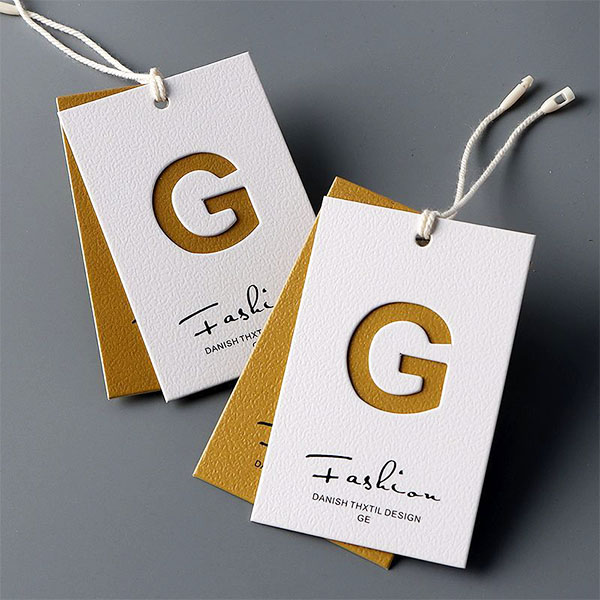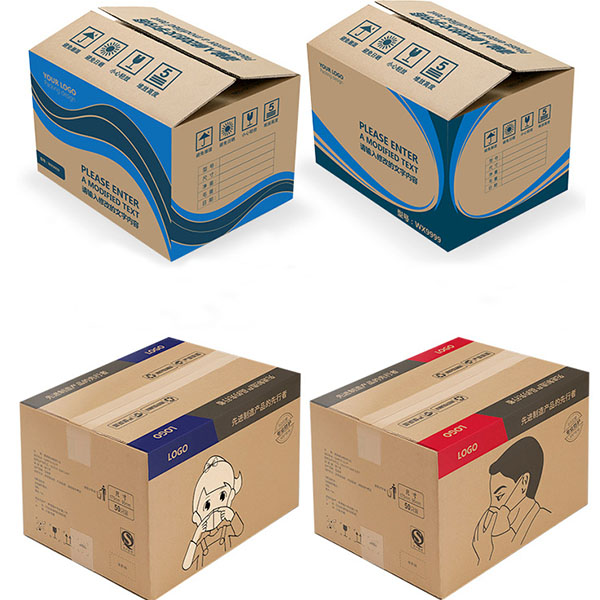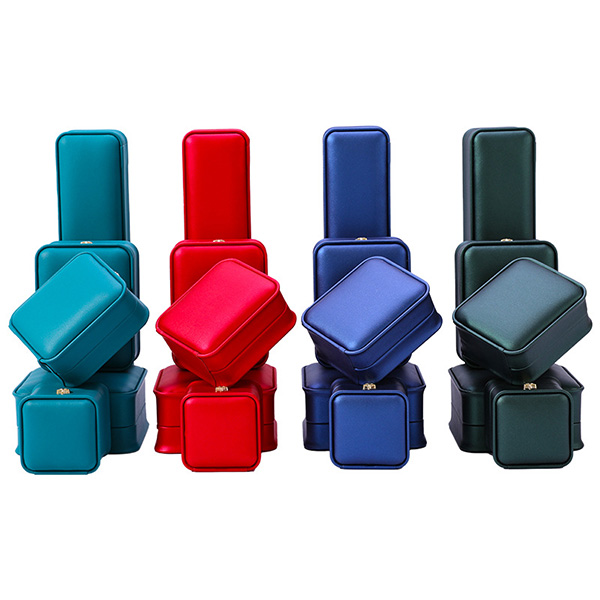
- Xinheng Blvd,Taizhou,Zhejiang,CHINA
- [email protected]
- +8613065722186
- Home
- Product
- Brochure Printing
- Brochure Printing Book Print Brochures Print Free Design
Brochure Printing Book Print Brochures Print Free Design
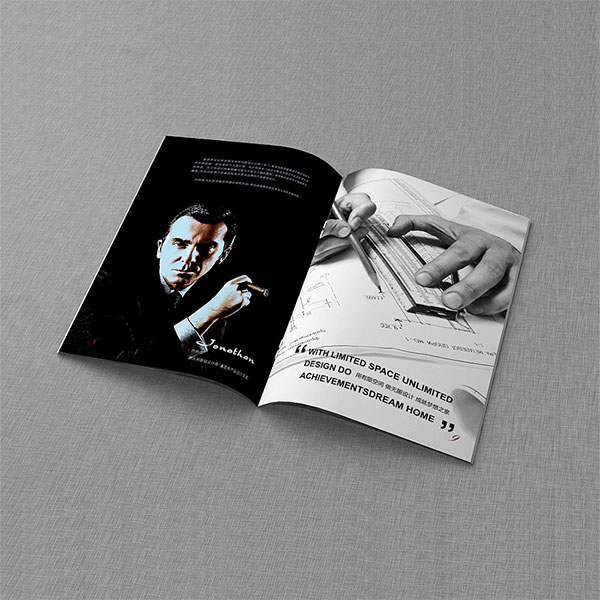
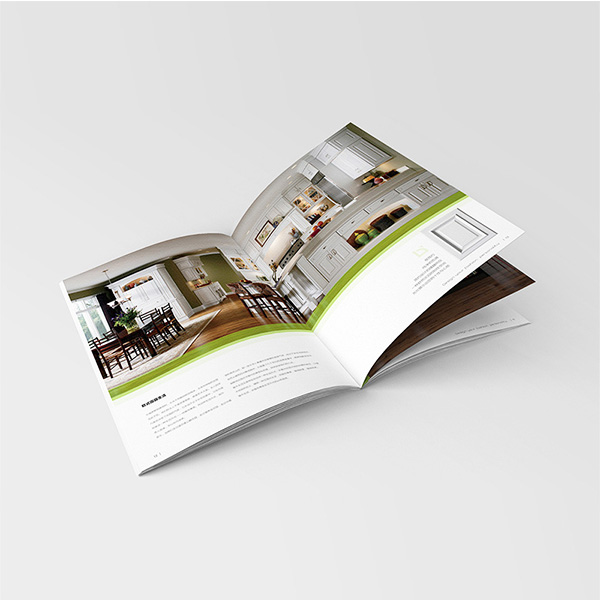
Brochure printing is the process of producing printed materials, typically in the form of a folded booklet or pamphlet, that provides information about a product, service, organization, event, or other topics. Brochures are commonly used for marketing and informational purposes, and they can be distributed to potential customers, clients, or attendees.
The content of a brochure can vary widely depending on its intended purpose. It may include text, images, graphics, charts, diagrams, and contact information. Brochures are often designed to be visually appealing and informative, with the goal of attracting the reader’s attention and conveying information in a concise and engaging manner.
Brochure printing can be an effective way to communicate information to a wide audience, whether it’s introducing a new product, showcasing services, promoting an event, or providing essential information about a business or organization.
Custom Options
We’re an environmentally conscious manufacturer that also offer other eco-friendly options such as recycled paper, vegetable-based inks, and water-based coatings and etc FSC-certified materials for the custom boxes.
We would offer a wide range of customization options to meet the unique needs of different businesses. This could include various box sizes, shapes, colors, printing options, and finishes.
We can provide free design service if your purchase quantity in regards to the custom packaging boxes reach to a certain amount.
We offer high-quality printing techniques, such as offset printing or digital printing, to ensure that your branding and graphics are reproduced accurately on the custom packaging boxes.
We value every client that can offer prototyping services, allowing you to see and feel a physical sample of your custom packaging boxes before placing a larger order.
Where do we use the brochure printing?
Brochure printing is used in a variety of contexts for marketing, informational, and promotional purposes. Here are some common places and situations where brochure printing is frequently utilized:
Businesses and Organizations: Many businesses and organizations use brochures to provide information about their products, services, and offerings. Brochures can be distributed to customers, clients, partners, and stakeholders to showcase what the company has to offer.
Trade Shows and Events: Brochures are often used at trade shows, exhibitions, and events to attract visitors to a booth or display. They can contain information about products, special offers, and company details to engage attendees.
Tourism and Travel: In the tourism industry, brochures are used to promote destinations, hotels, tour packages, and local attractions. Tourist information centers often provide brochures to visitors looking for information about the area.
Educational Institutions: Schools, colleges, and universities use brochures to provide information about their programs, courses, admissions procedures, campus facilities, and extracurricular activities.
Healthcare and Medical Services: Hospitals, clinics, and healthcare providers use brochures to educate patients about medical services, procedures, treatment options, and preventive care.
Real Estate: Real estate agents and property developers use brochures to showcase properties for sale or rent. These brochures typically include property details, photos, floor plans, and contact information.
Nonprofit Organizations: Nonprofits often use brochures to raise awareness about their causes, mission, and initiatives. These brochures can also provide information on how to donate, volunteer, or get involved.
Event Promotion: Brochures are useful for promoting events such as conferences, seminars, workshops, and concerts. They can include schedules, speaker profiles, and event highlights.
Product Launches: Companies use brochures to introduce new products to the market. These brochures can highlight features, benefits, pricing, and ordering information.
Retail Stores: Retailers use brochures to showcase sales, promotions, and special discounts. They can be distributed in-store or through direct mail.
Hotels and Restaurants: In the hospitality industry, brochures can provide information about hotel amenities, restaurant menus, room rates, and local attractions.
Government and Public Services: Government agencies and public services use brochures to inform citizens about important topics such as public safety, healthcare initiatives, tax information, and more.
Cultural and Arts Organizations: Museums, galleries, and cultural institutions use brochures to promote exhibitions, performances, and cultural events.
Financial Services: Banks, investment firms, and financial advisors use brochures to explain financial products, services, and investment options to clients.
Weddings and Events: Couples planning weddings often use brochures to provide guests with information about the schedule, venue, accommodations, and other important details.
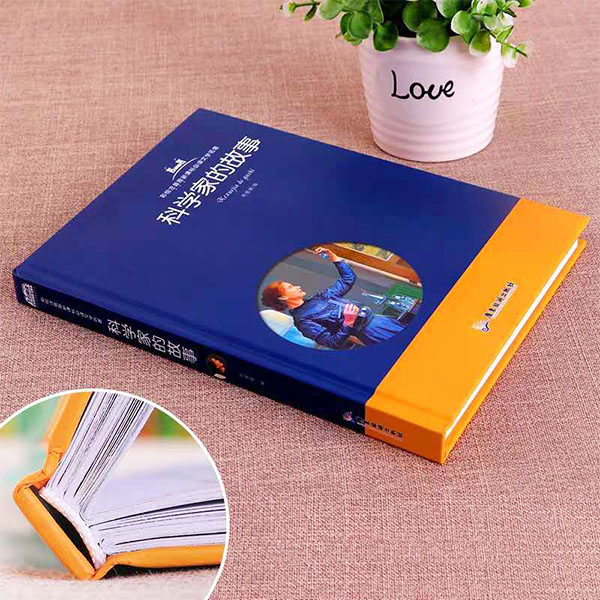

What is the process of the brochure printing?
The several steps for brochure printing:
Design: The content and layout of the brochure are designed using graphic design software. This includes arranging text, images, and other visual elements in an aesthetically pleasing and organized manner.
Layout and Formatting: The designed content is laid out in the appropriate page order and format for printing. This involves setting up bleeds (extra space beyond the edge of the page to accommodate trimming) and ensuring that all elements are properly aligned.
Color and Images: If the brochure includes color images or graphics, the printer will ensure that the colors are accurately reproduced during the printing process. This may involve using color calibration and proofing to achieve the desired color quality.
Printing: Brochures can be printed using various methods, such as offset printing, digital printing, or even commercial-grade color photocopiers. The choice of printing method depends on factors like budget, quantity, and desired quality.
Folding and Finishing: After printing, the brochures are typically folded into the desired layout. Common folding options include bi-fold, tri-fold, and z-fold. Once folded, the brochures may undergo additional finishing processes such as cutting, binding, or stapling.
Quality Control: A quality check is performed to ensure that the printed brochures meet the desired standards. This includes checking for color accuracy, print clarity, proper folding, and any other visual or structural aspects.
Distribution: Once the brochures pass quality control, they are ready for distribution. They can be handed out at events, placed in racks or stands, mailed to customers, or included in promotional packages.
Brochure printing can be an effective way to communicate information to a wide audience, whether it’s introducing a new product, showcasing services, promoting an event, or providing essential information about a business or organization.
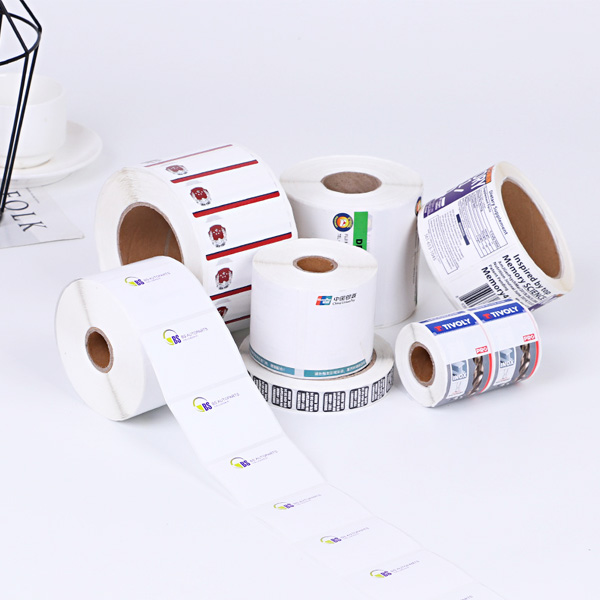
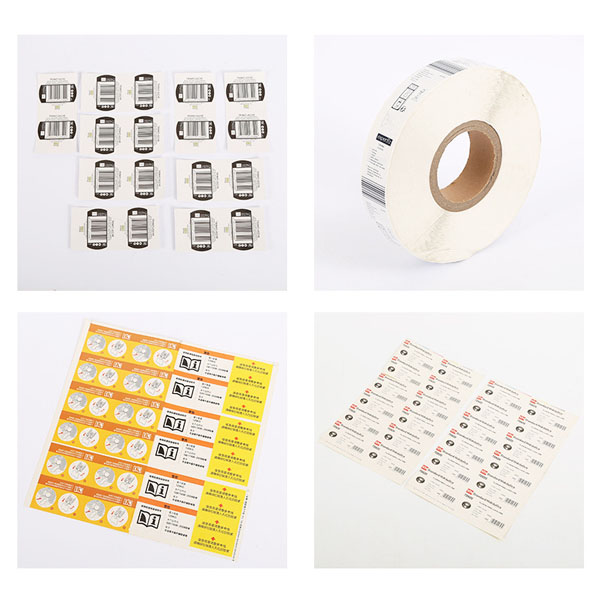
Taizhou Hongze Packaging Co.,Ltd is a leading and professional manufacturer for custom packagings,which was certified by FSC.We can be your trustworthy and reliable business partner.
©2025 Hongze Packaging All Rights Reserved.


